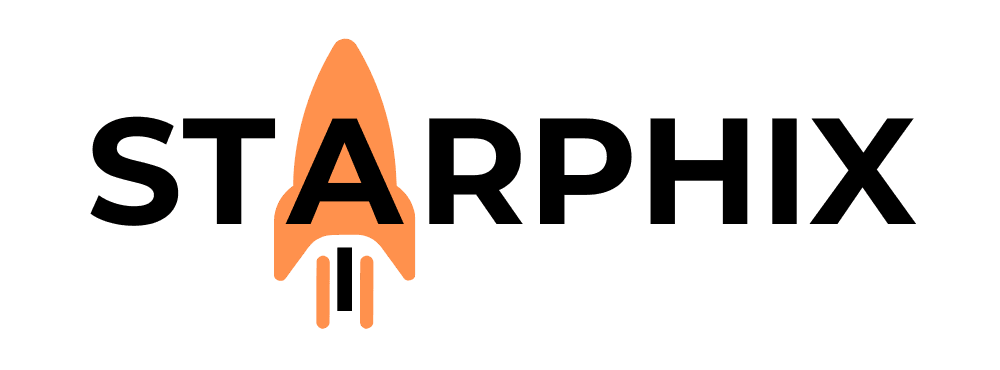Introduction: Overcoming the Blank Page 🤔 #
Every creative professional knows the feeling: the intimidating glare of a blank page, an empty canvas, or a silent timeline. Creative block is a real and frustrating barrier. What if you had a tireless brainstorming partner who could generate hundreds of ideas, concepts, and variations in minutes, helping you find that perfect spark of inspiration? That is the power of AI when used as a creative partner. This guide provides practical recipes for using AI to augment—not replace—your unique creative process.
The Core Principle: AI for Iteration, Not Final Creation ✨ #
The most effective way to use AI in a creative workflow is to separate the process of ideation from execution. AI is an unparalleled tool for generating a high volume of diverse ideas quickly. This allows you, the human professional, to do what you do best: use your taste, skill, and expertise to curate, refine, and execute the best concepts into a final, polished piece. The AI provides the raw marble; you are the sculptor who reveals the art within.
(Image Placeholder: A visual showing a chaotic, colorful cloud of raw ideas on the left, an arrow pointing to a human silhouette in the middle, and a single, polished, beautiful design on the right.)
Practical Recipes for Your Creative Workflow 🧑🎨 #
Here are four practical ways different creative professionals can use AI as a brainstorming partner.
1. For the Graphic Designer: The Mood Board Multiplier #
- Goal: Generate dozens of visual starting points and mood boards in minutes.
- The Recipe: Use an image generation model like Midjourney or DALL-E to rapidly explore visual territories. Instead of spending hours searching for stock images, you can generate the exact concepts you need.
- Example Prompts:
- “Logo concept for a luxury, sustainable skincare brand, minimalist line art, using soft green and gold colors.”
- “Generate a website hero image for a fintech app, abstract 3D glass shapes, futuristic, optimistic feel.”
- “Create a mood board for a children’s book set in a magical forest. Art style of vintage storybooks, warm and whimsical.”
2. For the Writer: The Antidote to Writer’s Block #
- Goal: Break through creative blocks by generating new angles, plot points, or dialogue options.
- The Recipe: Use a Large Language Model like ChatGPT or Claude as a sparring partner to explore possibilities.
- Example Prompts:
- “I’m writing a sci-fi story where the main character discovers their memories are fake. Give me 10 possible reasons why.”
- “My character is a tired, cynical detective. Give me 5 sarcastic lines of dialogue they could say upon discovering a clue.”
- “Rewrite this sentence to be more dramatic and impactful: ‘He walked into the room and saw the letter on the table.'”
3. For the Musician: The Digital Jam Session #
- Goal: Discover new chord progressions, melodies, or rhythmic patterns to kickstart a composition.
- The Recipe: Use a dedicated music AI tool (like Suno or Udio) to generate musical ideas that you can then sample, build upon, or use as inspiration.
- Example Prompts:
- “Generate a 4-chord progression in the style of 80s synth-pop.”
- “Create a simple, melancholic piano melody in A minor at 90 BPM.”
- “Generate a drum pattern for a fast-paced rock song.”
4. For the Marketer: The Angle Amplifier #
- Goal: Quickly create numerous variations of headlines, ad copy, and calls-to-action for A/B testing and targeted campaigns.
- The Recipe: Use an LLM to multiply your own ideas, ensuring you can test a wide range of messaging to find what resonates most with your audience.
- Example Prompts:
- “My product is a new project management app for freelancers. Write 5 different headlines for a landing page, each focusing on a different key benefit (time-saving, organization, profitability).”
- “Generate 3 variations of Facebook ad copy for our new online course on sustainable gardening. Make one funny, one urgent, and one focused on community.”
Related Reading 📚 #
- What’s Next?: For the Student & Researcher: How to Supercharge Your Learning with AI 🧑🎓
- Understand the Image Tech: The Model Layer: Understanding LLMs, Diffusion Models, and Agents 🧠
- Explore the Impact: An Overview of AI’s Impact on Modern Work & Creativity 💼


